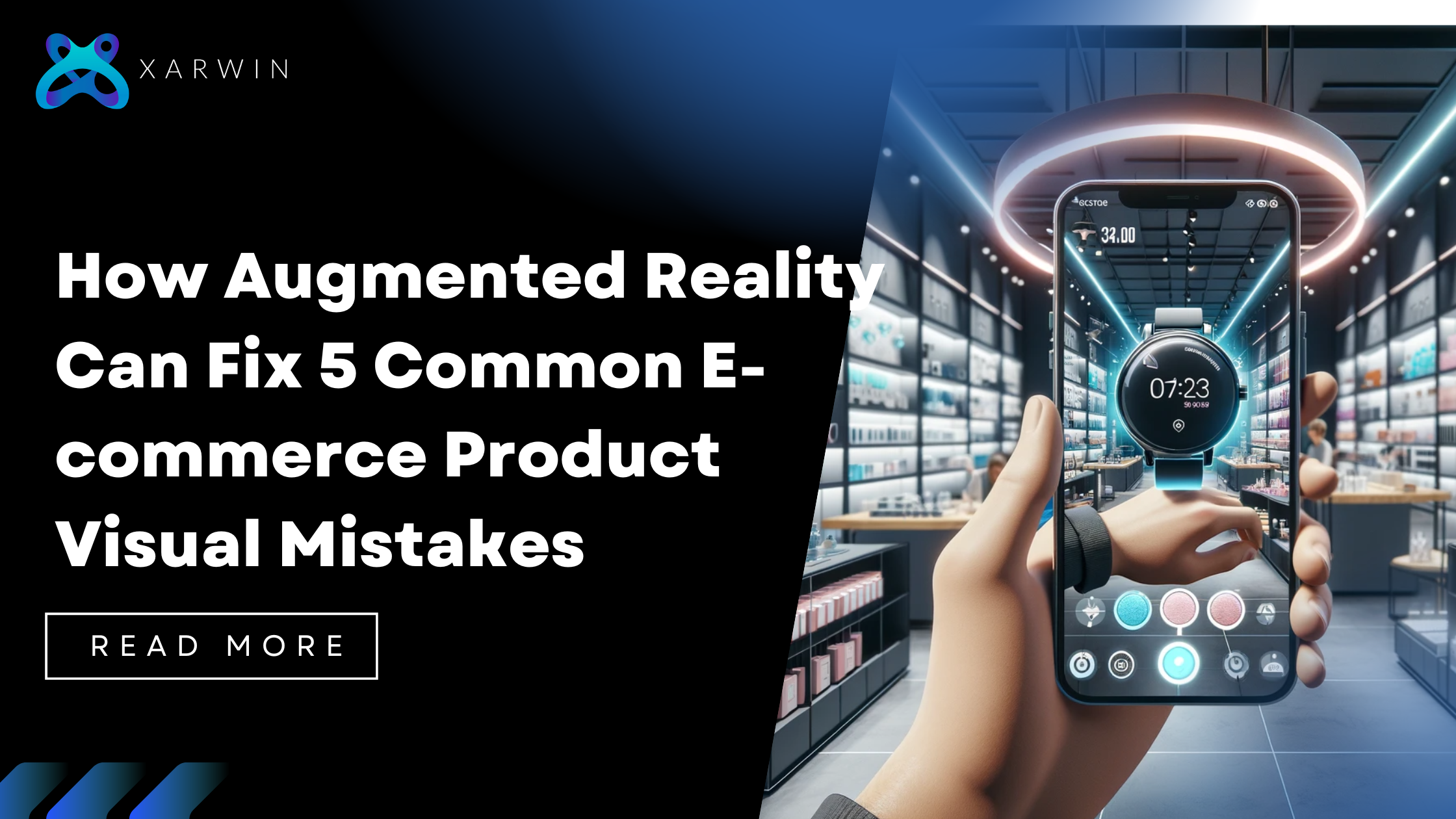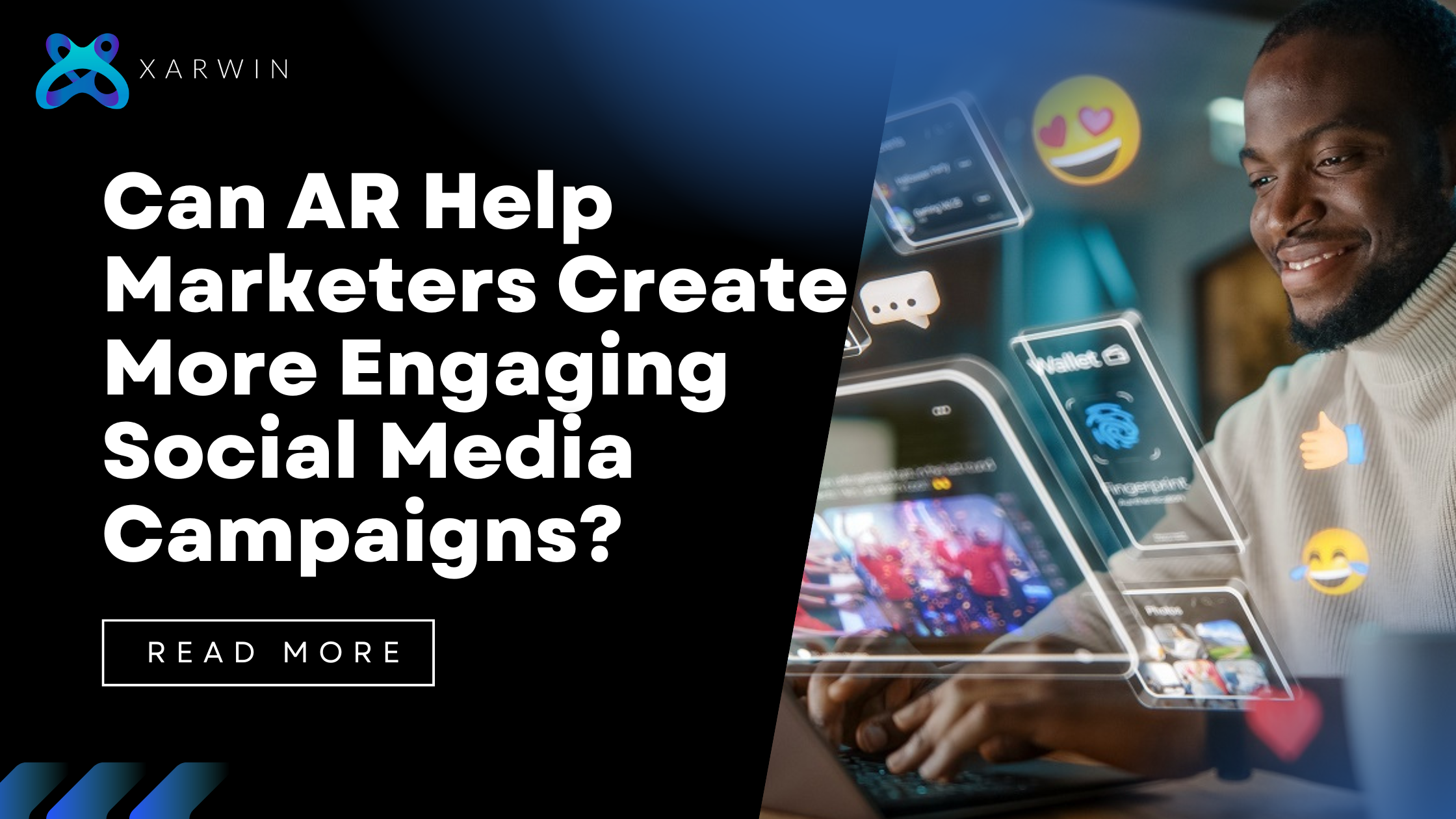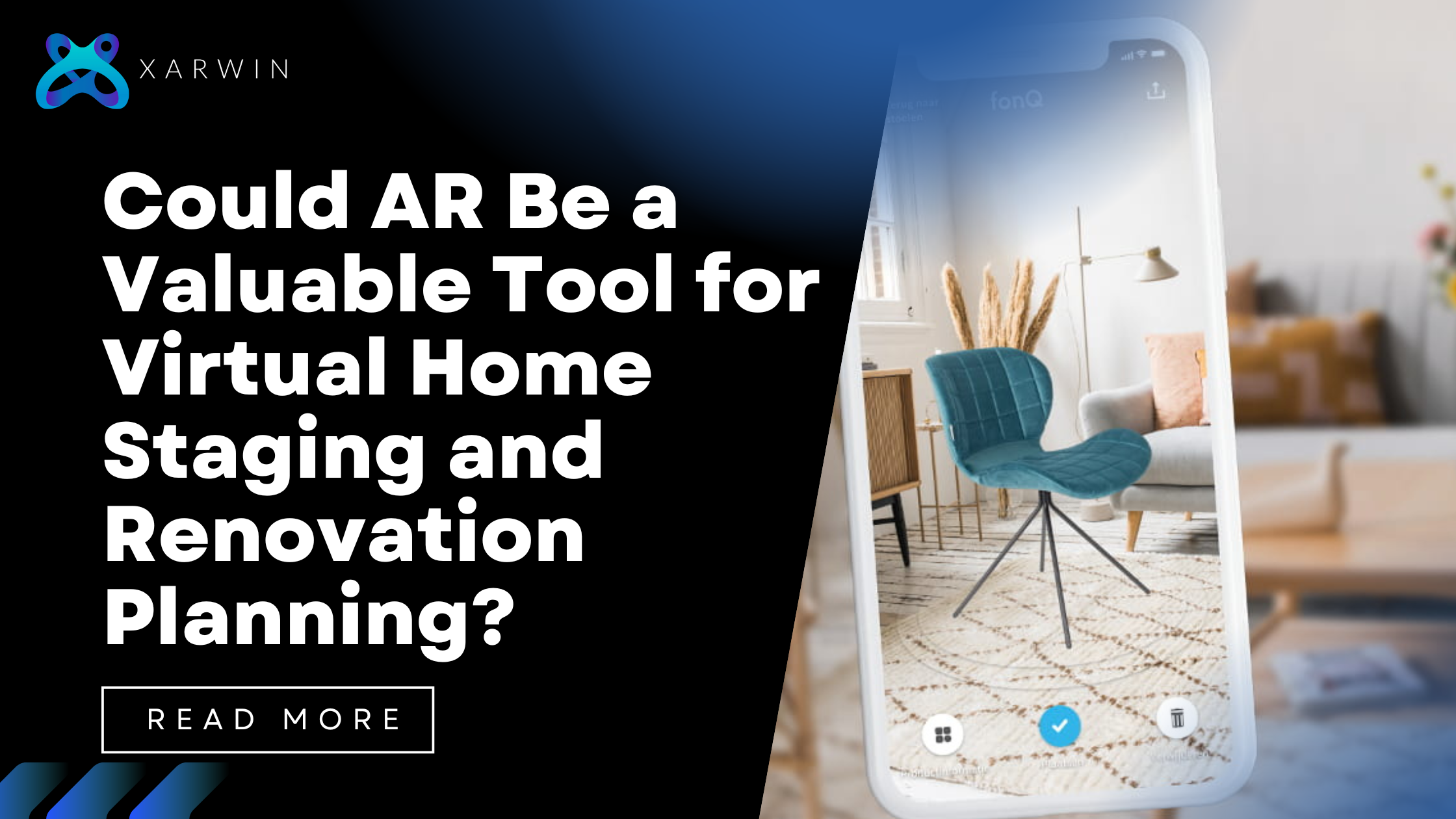Imagine, you’re online shopping, and a product catches your eye. But you pause for a moment- does the image depict the product you want to buy?
Poor visuals and mismatched product representation can negatively impact your potential buyers, driving them straight into the arms of your competitors. Fortunately, these common product visual mistakes can be corrected with the help of modern product configurators of Augmented Reality.
Let’s dive deep into the mysteries behind five common product visual mistakes that might be playing hide-and-seek with your satisfaction.
5 Common Product Visual Mistakes
1. Inadequate image quality
Have you ever hesitated to buy a product because of unclear product images? Blurry, pixelated images leave you squinting for details and create a visual inconvenience and a trust-breaker for potential buyers.
Your product images mirror your brand identity. The blurry visuals can give off an impression of carelessness and a lack of attention to detail. This, in turn, tarnishes the overall image of your brand.
Ensure you have the following elements to create a seamless shopping experience for the users.
- High-quality images
- Intuitive navigation
- 360-degree views/zoom options
2. Missing Multiple Angles
In the ever-evolving world of online shopping, providing customers with a comprehensive view of your products can significantly boost your sales. The absence of multiple angles can be a drawback when showcasing your products on an e-commerce platform.
Delivering a 360-degree perspective to showcase your catalogue becomes a powerful tool for addressing uncertainties and sets you apart from your competitors. Whether it’s the texture of a fabric, the shine of jewellery, or the functionality of an electronic device, multiple angles offer an encyclopedic view.
3. Mismatched product representation
Achieving visual harmony is not just an aesthetic goal but a fundamental necessity. When online product visualizers deviate from their actual appearances, it sets the stage for false expectations and erodes the customer’s trust. This often leads to an increase in return rates and creates a negative impact on the brand’s identity.
Maintaining a consistent identity throughout the e-commerce platform and ensuring transparent communication helps gain customer trust, satisfaction, and the long-term success of your brand.
4. Overlooking mobile optimization
In the present day, smartphone shoppers dominate desktop shoppers by a whopping 64%. Overlooking mobile optimization is akin to the most significant mistake retailers could ever make.
These small screens wield colossal influence, and neglecting their optimization could mean missing out on a significant audience and potential business growth.
Picture this: a potential customer, eager to explore your e-commerce website, opens it on their mobile device. However, instead of a seamless and responsive experience, they encounter distorted visuals, clunky navigation, and a frustrating user interface. What could’ve been a promising purchase turns into a lost chance.
Unlock the potential of these screens, and their impact, and ensure that your brand thrives in the realm of customer satisfaction.
5. Ignoring lifestyle context
In a world of “Customers come first,” understanding context holds the key to successful sales. Ignoring the lifestyle context of your target audience is a huge misstep that can hinder your ability to tailor to their unique preferences and needs.
The products, services, or content that appeal to one client might not necessarily captivate the other. Ignoring these lifestyle contexts could result in a disconnect, leading to missed opportunities for engagement and connection. It’s not only about selling a product, it’s also about understanding and aligning with the diverse lifestyles that make up your customer base.
Solving E-commerce Product Mistakes with 3D Configurators
Augmented Reality has become the key to unlocking the potential of modern e-commerce, addressing problems and shortcomings to optimize the online shopping experience.
AR technology not only provides the opportunity to “try on” objects in a virtual environment but also helps to see objects in the real environment. AR delivers interactive products by using the device’s camera to view three-dimensional objects in the customer’s environment. This is especially useful when looking at furniture in your house or evaluating potential wall art, guiding customers to doubt-free purchases, and improving the overall experience of online shopping.
AR enables a seamless experience across all digital platforms as mobile devices become more important for online interaction. Today’s mobile market is often opaque; however, AR delivers the mobile experience through dedicated apps. With the rise of the online shopping market, users can now search for products, preview how they will look in their physical environment, such as “trying on” options, and make confident choices accordingly.
Final Thoughts
The synergy between the E-commerce industry and Augmented Reality not only perfects the online shopping experience but also connects the digital and physical realms. Xarwin’s WebAR technology allows you to experience the future of e-commerce with just your smartphone or tablet in the comfort of your home! Eliminate all the possibilities of product visual mistakes and boost your sales, all with the help of Xarwin.
As a trailblazer in augmented reality (AR), Xarwin combines innovation with a user-centric approach to redefine industry standards. Its team of expert engineers, designers, and strategists excels in crafting immersive AR experiences across various sectors. With each project, the company not only meets current demands but also shapes future trends, establishing itself as a leading force in the AR landscape.





